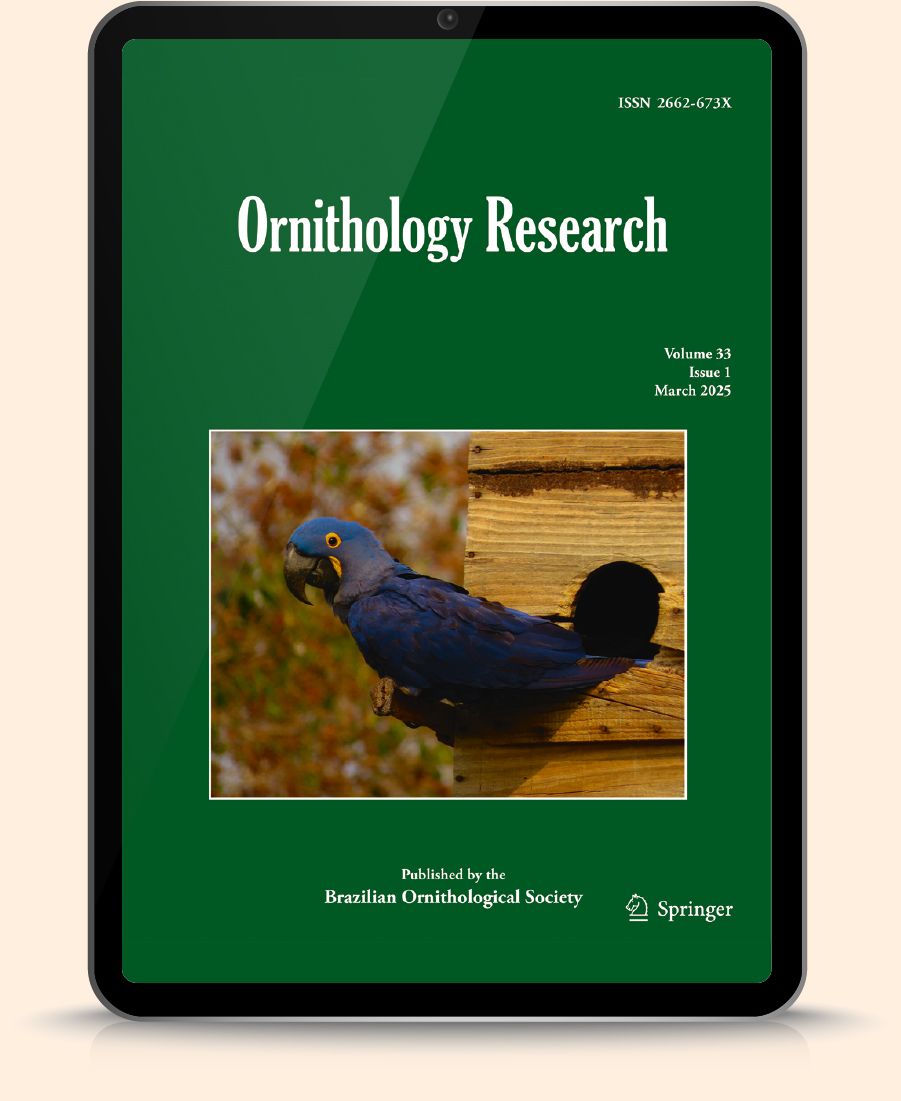Rankings are not static


Journal rankings evolve over time, particularly for newer titles. Quartile rankings, therefore, are not a permanent measure of a journal’s quality or long-term influence.
To examine this dynamic, we looked at Springer Nature journals11 which were added to the JCR between 2019 and 2023 – a total of 86 titles. Since their introduction, 80 journals which initially ranked Q3, Q4, or were unranked, have received rankings in the latest JCR report, with 40 of them achieving Q1 or Q2 status. This trend illustrates that new journals, especially those supporting specialised fields or emerging disciplines, require time to build influence. They have the potential to rise in impact and visibility within just a few years.
11 Includes Springer and BMC imprints; all Nature Portfolio titles are excluded.
Case study
Ornithology Research
Ornithology Research exemplifies how rankings can change in just a few years. Founded in 2013 under the name of Revista Brasileira de Ornitologia, its original impact factor was lost when it transferred to Springer in 2020. In the 2020 JCR, the journal was initially classified as Q4. However, by the 2021 JCR, it had already advanced to Q2 and by 2023, it reached Q1 ranking due to one particularly important article (Fig. 2). This rapid progression demonstrates how journals can move between rankings for a variety of reasons within a relatively short period.
Figure 2: JCR ranking quartile for Ornithology Research by year 2020-2023
First year of publication:
2020
Quartile:
Q4
0
2021
Quartile:
Q2
0
2022
Quartile:
Q2
0
2023
Quartile:
Q1
Sandra Hartz emphasises the important role the journal plays in supporting an emerging community of researchers:
“As it is associated with a scientific society, it publishes some of the newest knowledge on Neotropical avifauna and, in recent times, globally as well, especially science conducted in the Global South.”
Sandra Maria Hartz
Editor-in-Chief of Ornithology Research
Newer and niche journals like Ornithology Research play a critical role in these specialist research communities, offering platforms for emerging research areas and supporting diverse scholarly voices. These journals often act as hubs for developing new fields or methodologies.
JIFs and quartile rankings should not be seen as fixed indicators of a journal’s quality or long-term impact.



